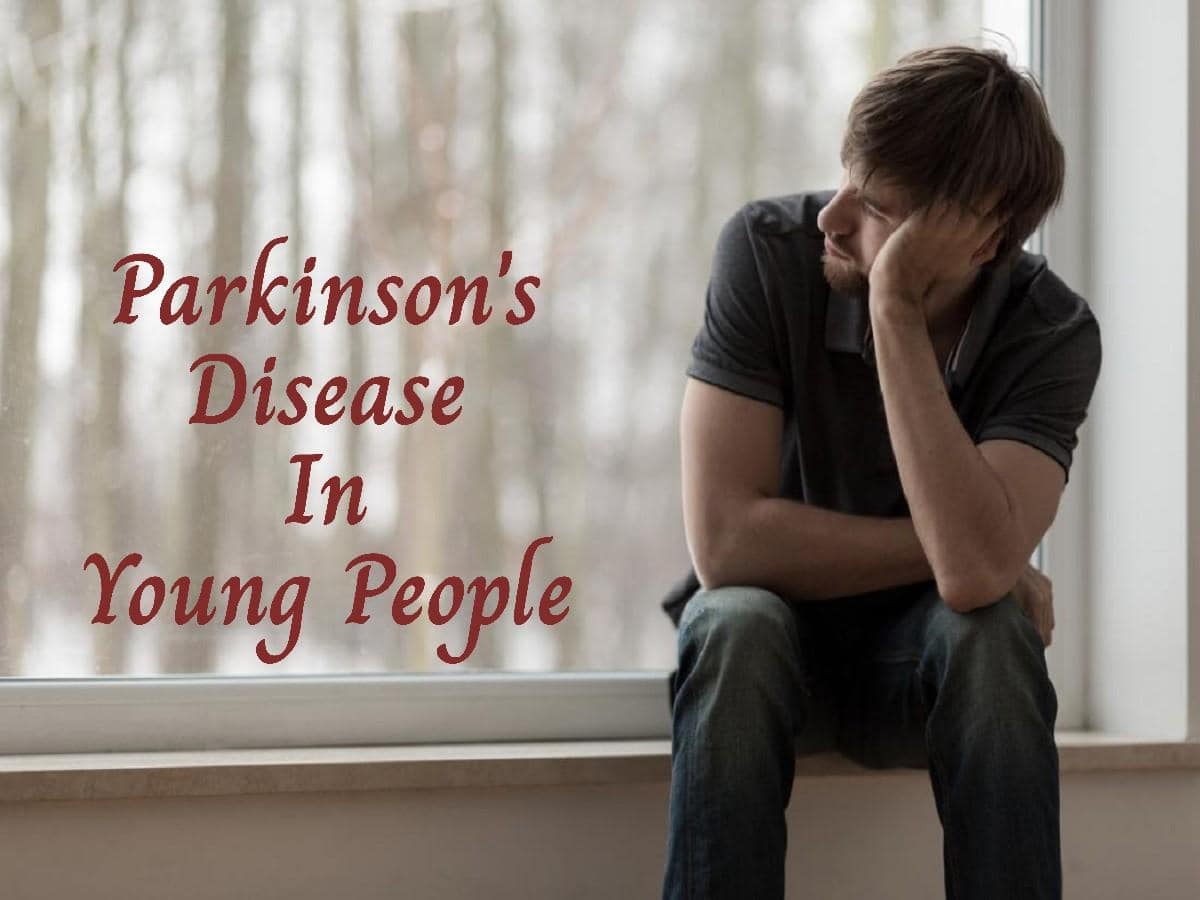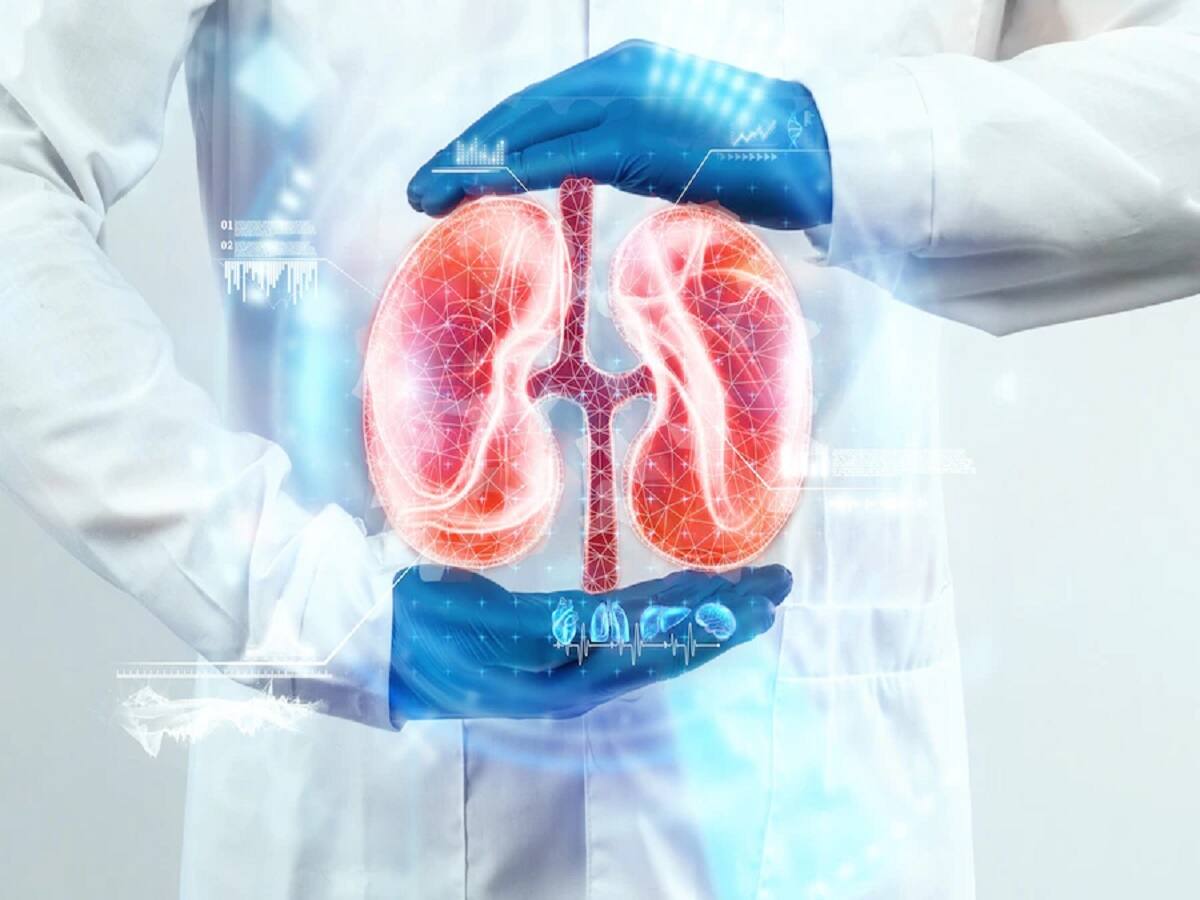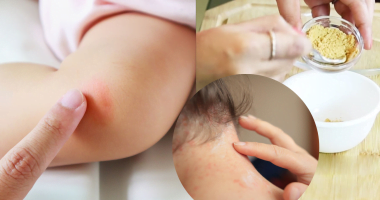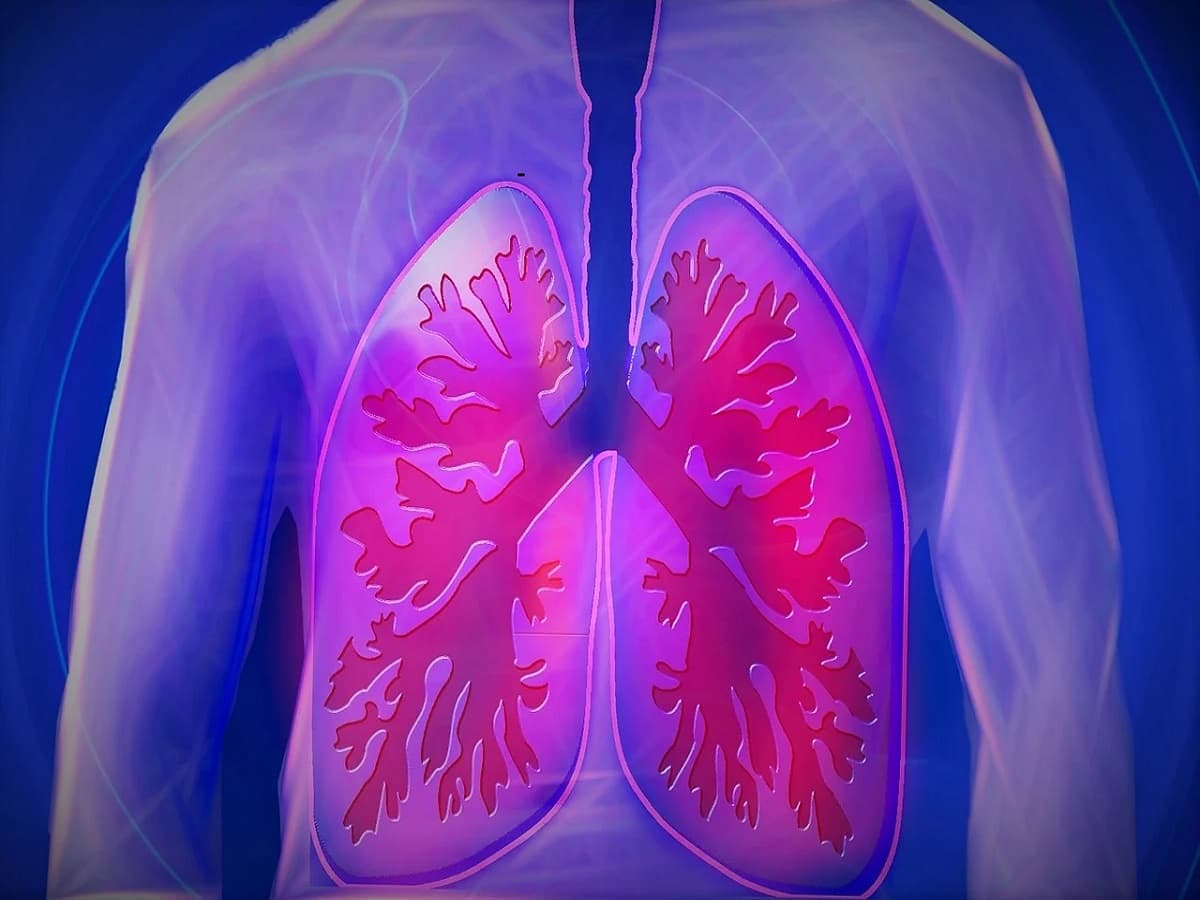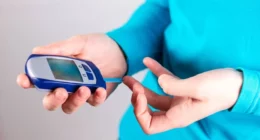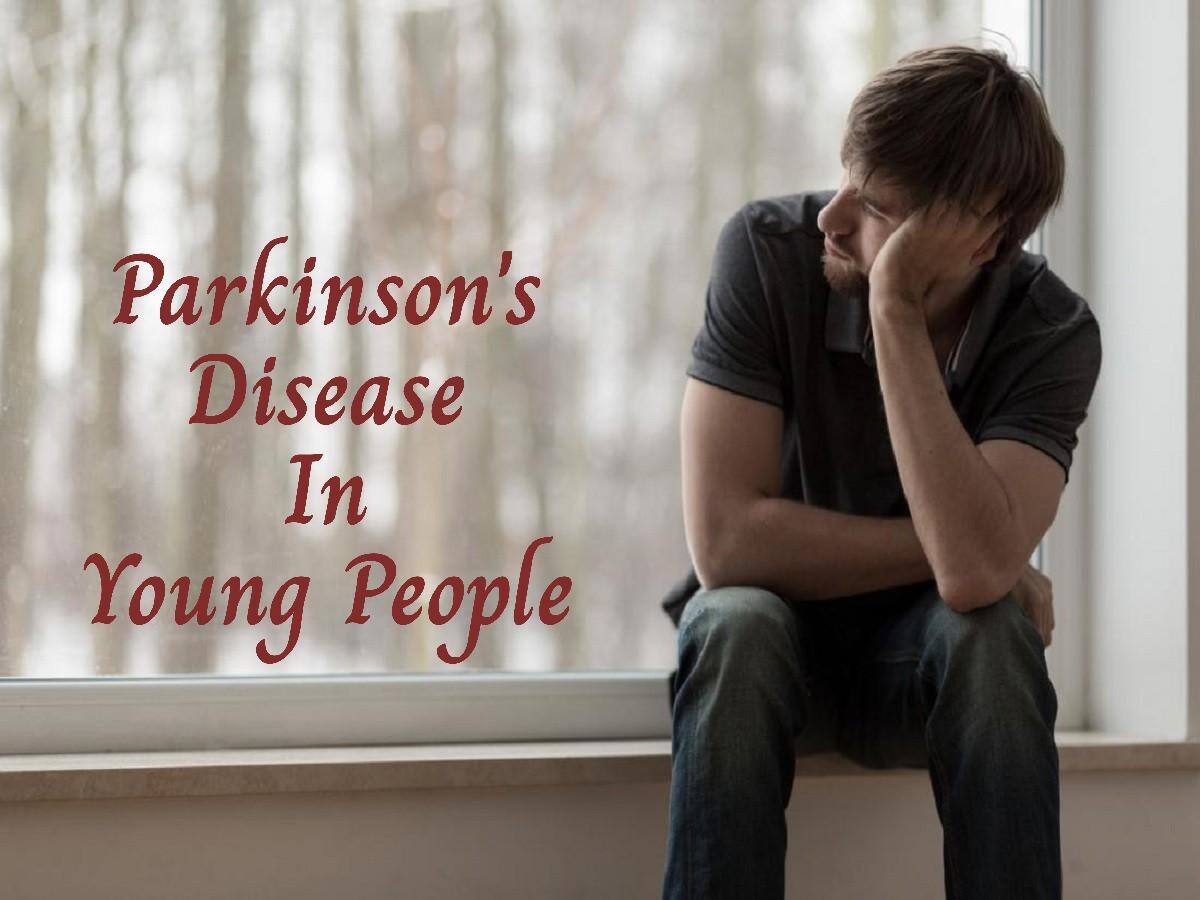 Let’s look at how is ” How Is Parkinson’s Disease Treated “? World Parkinson’s Day is observed every year on April 11 to raise awareness about the disease. Here’s everything you need to know about the disease and how it can be treated.
Let’s look at how is ” How Is Parkinson’s Disease Treated “? World Parkinson’s Day is observed every year on April 11 to raise awareness about the disease. Here’s everything you need to know about the disease and how it can be treated.
Parkinson’s disease (PD) has been around for a long time. In the early 19th century, James Parkinson published “An Essay on the Shaking Palsy,” which described the features of an unnamed neurological condition. With more work being done on the condition, it came to be called PD, named after the aforementioned English surgeon.
PD is a movement disorder and is a common chronic degenerative disorder of the central nervous system. It affects the ageing population leading to mobility and locomotion issues. The global burden of PD is rapidly increasing; however, we do not have homogeneous and large epidemiological data on the prevalence of the condition in our country.
What Is Parkinson’s Disease?
Dr Pradeep Mahajan, Regenerative Medicine Researcher, StemRx Bioscience Solutions Pvt. Ltd., Navi Mumbai/Mumbai says, “PD is a neurodegenerative disorder that predominantly affects dopamine-producing neurons in a specific area of the brain called the substantia nigra. The disease occurs when nerve cells (neurons) die in the area of the brain that controls movements. Occasionally, there could be improper functioning of the nerve cells. Dysfunctional/Dead neurons produce less dopamine, which leads to movement-related problems.”
“There are other chemical mediators in the brain, for example, norepinephrine, which controls functions such as heart rate and blood pressure. Such mediators may also be lost in PD, and could be the reason for fatigue, irregular or sudden drop in blood pressure, impaired movement of food through the digestive tract, and other symptoms,” he explains further.
Who Is At Risk Of Parkinson’s Disease?
The risk of developing PD increases with advancing age and has been reported in 1 per cent of people over the age of 65 years. However, we are now seeing cases of early-onset PD as well, wherein the onset of parkinsonian features occurs before the age of 40 years. It accounts for 3-5 per cent of all PD cases. Individuals as young as 21 years or lower can be affected by the juvenile and young-onset forms of PD.
Dr Mahajan explains that the various motor symptoms of PD include muscular rigidity, rest tremor (shaking) and postural instability. Non-motor symptoms, which can even occur years before the motor symptoms of PD, include sleep disorders (frequent waking, insomnia, daytime sleepiness, etc.), disturbance in autonomic function (orthostatic hypotension, constipation, etc.), cognitive impairment, mood disorders, pain, and even urinary incontinence. Thus, while PD is common, due to the various motor and non-motor symptoms, prompt diagnosis and treatment are challenging. Being a neurodegenerative condition, it can cause the patient to ultimately become dependent on others for activities of daily living.
How Is Parkinson’s Disease Treated?
Treatment commonly involves the use of medicines to control the tremors (shaking) and other symptoms. The issue is that while the medications do control the symptoms, they are required to be taken throughout the life of the individual. Moreover, with the increasing severity of symptoms, the dosage and number of medicines required increase as well, yet there is no halt or delay in the progression of PD.
The issue with prompt intervention in PD is that the early symptoms tend to go unnoticed as they can be considered a part of normal ageing. Moreover, as there are no blood tests, diagnosis is based purely on the clinical history and neurological examination. Dr Mahajan explains, “Among the newer treatments, I believe that our body has its own reparative mechanisms. We can harness these innate healing mechanisms to obtain more effective and long-term control of symptoms and slow the progression of PD. Immune system cells, mesenchymal cells, as well as cell products and growth factors may be utilized to enhance the regenerative potential of the body. The aim is to provide the right cells, growth factors, and signals at the right time and location.”
He continues, “What these molecules do is that, in addition to their ability to change into different cell types, enhance the functions of other healthy cells, reduce inflammation, and provide a fresh pool of healthy cells, they also create a healthy environment for healing to occur. In the context of PD, the neuroprotective and neurotrophic abilities of the various cells and growth factors are of benefit. In short, we can protect and stimulate regeneration of diseased/lost neurons in PD.”
Of course, neurorehabilitation through physiotherapy, simulation-based therapies as well as alternative modalities such as yoga, acupuncture, etc. ensure a holistic treatment approach. All these modalities relate to the release of blocked energies and beneficial chemical mediators and enhancement of blood flow in the body to enhance the outcomes of cell- and growth factor-based therapy.
“Our treatment protocol is designed to slow or halt the progression of PD and ensures that patients are able to live independently and age gracefully,” concludes Dr Mahajan.
Source | How Is Parkinson’s Disease Treated
